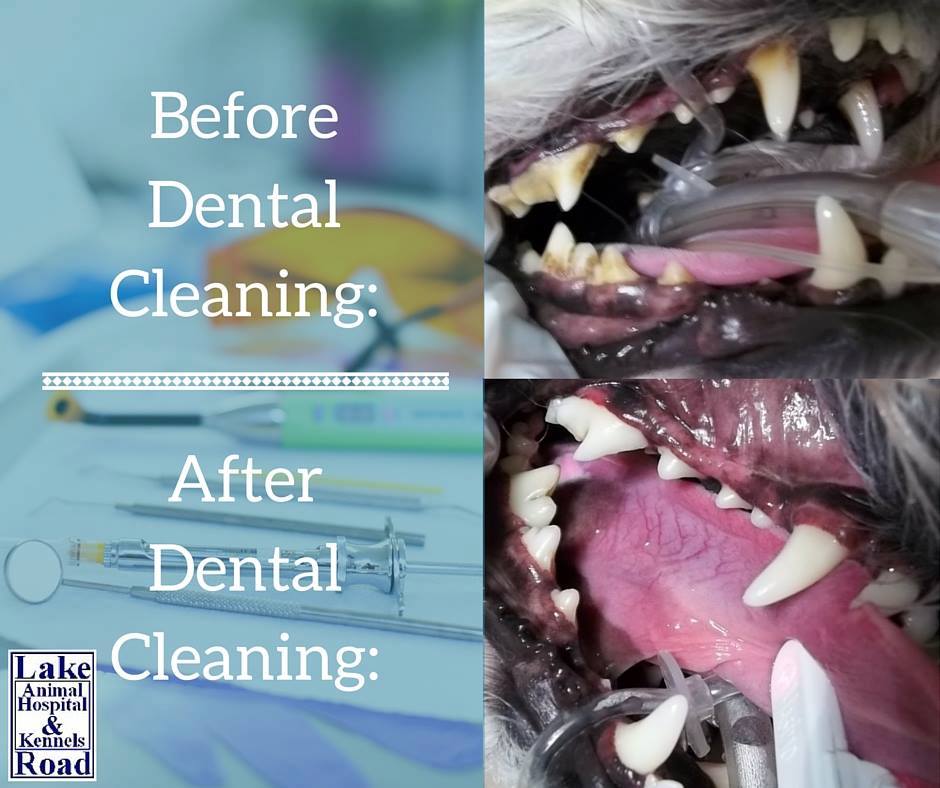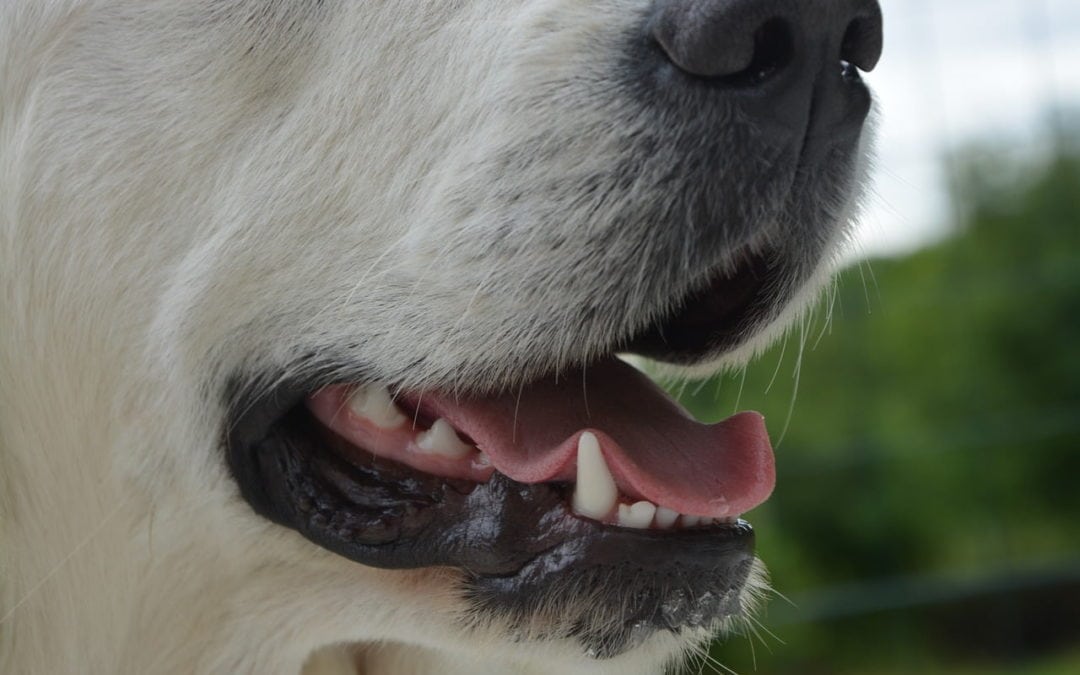It’s fun to snuggle up with your pets at the end of a long day, but that special moment can sometimes be dampened by that all too familiar “doggy breath” or “kitty breath” when your fluffy friend gets right in your face. What you need you to know is that your pet’s bad breath does not have to be a permanent part of them! The odor in your pet’s mouth is caused by the same kind of bacteria and debris that get caught in and on your teeth if you did not brush daily and have professional dental cleanings.
Dental health is related to many other aspects of health for both people and animals. An unhealthy mouth can leech bacteria into the bloodstream, which can cause negative effects throughout the entire body, especially the organs.
What can I do to improve my pet’s breath?
Just as we go to the dentist for a professional cleaning once or twice a year, we recommend the same for your pets. At the very least, most pets need a dental cleaning every two years to remove the plaque buildup on the teeth and to get an oral check-up for early detection and prevention of other problems. Between professional cleanings, there are a few things you can do to improve your pet’s oral health. The biggest component of dental care at home is brushing your pet’s teeth.

There are some things to consider when starting or continuing to brush your pet’s teeth:
Be patient and gradual.
Use pet-specific toothpaste, like Virbac C.E.T. Toothpaste for dogs or cats.
Brushing at least 3 times per week is ideal.
Many dogs and cats will learn to tolerate their teeth being brushed, especially if you start from an early age. You can start by just getting your pet used to you lifting their lip and touching their mouth. If the toothbrush is too invasive at first, you can just use a piece of gauze or a finger brush to gently wipe their teeth. The teeth to pay particular attention to are the cheek teeth (the ones on the sides toward the back of the mouth). Work your way up to using a toothbrush with pet specific toothpaste for best results.
Do not use human toothpaste with animals. Your pet does not know that they should not swallow the toothpaste, and the detergents can be too rough on their gums.
What if my pet won’t let me brush?
If your pet usually lets you brush his or her teeth and suddenly resents the toothbrush or acts like brushing is painful, it could be that a spot in their mouth is painful and it is time for a professional dental exam.
What else besides brushing can help?
The most important things you can do for your pet’s oral health care professional dental cleanings at least every 2 years and brushing as often as possible but there are a few other small steps you can take to aid with a clean pet mouth. Some diets can help keep teeth clean. Talk to your veterinarian before switching to a different food to make sure it is good for your pet first. High-quality rawhides (we recommend C.E. Enzymatic Oral Hygiene Chews) and chew treats can be helpful if your pet chews them regularly. When giving your dog chew toys, always be careful to avoid anything that is harder than their teeth. We do not recommend using dried hooves or bones because these can lead to broken teeth in our pets. You can also try a drinking water additive such as Healthy Mouth.
Click on the links below for additional information and resources:
Written by Rebecca Burns, LVT at Lake Road Animal Hospital



